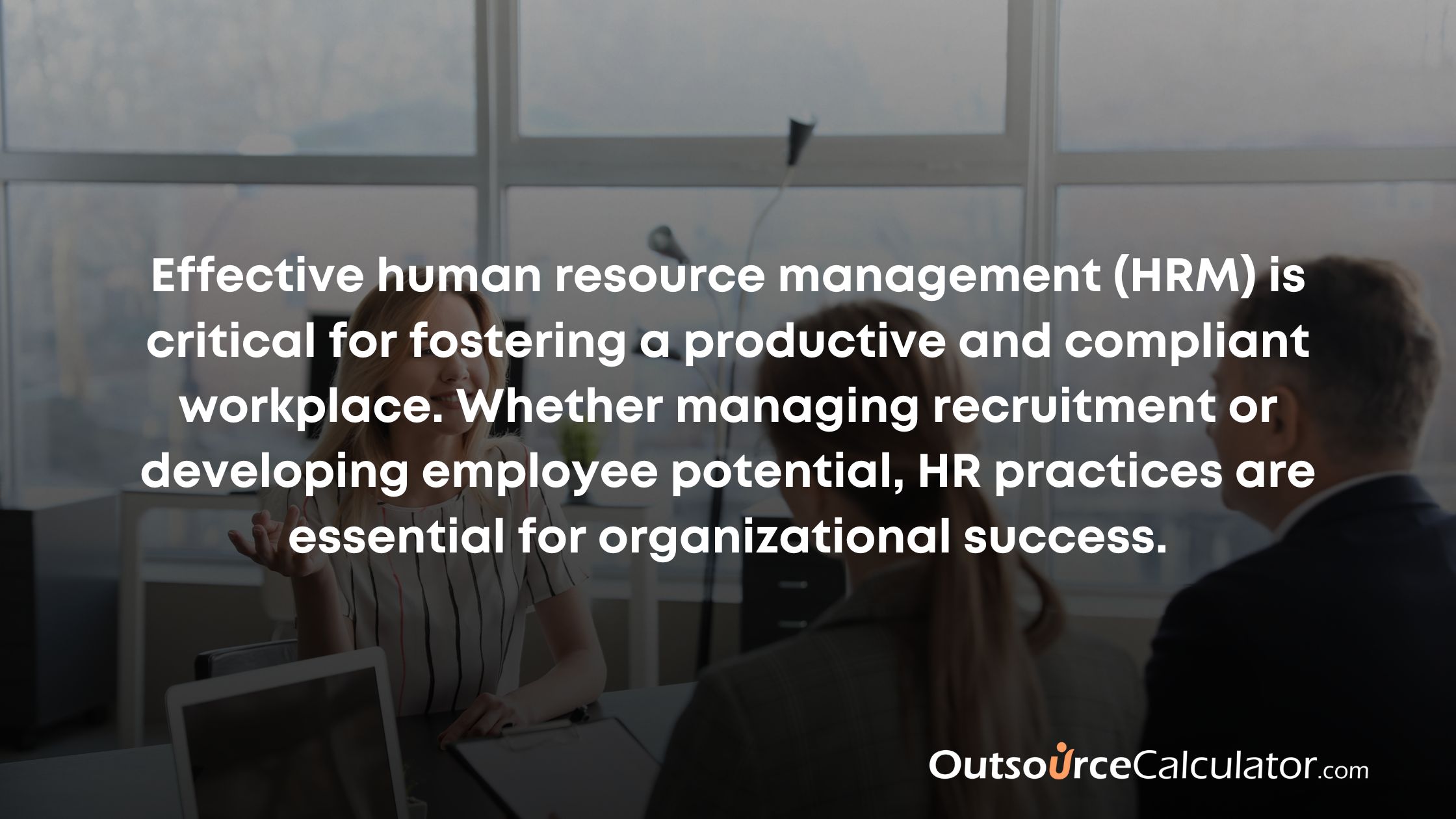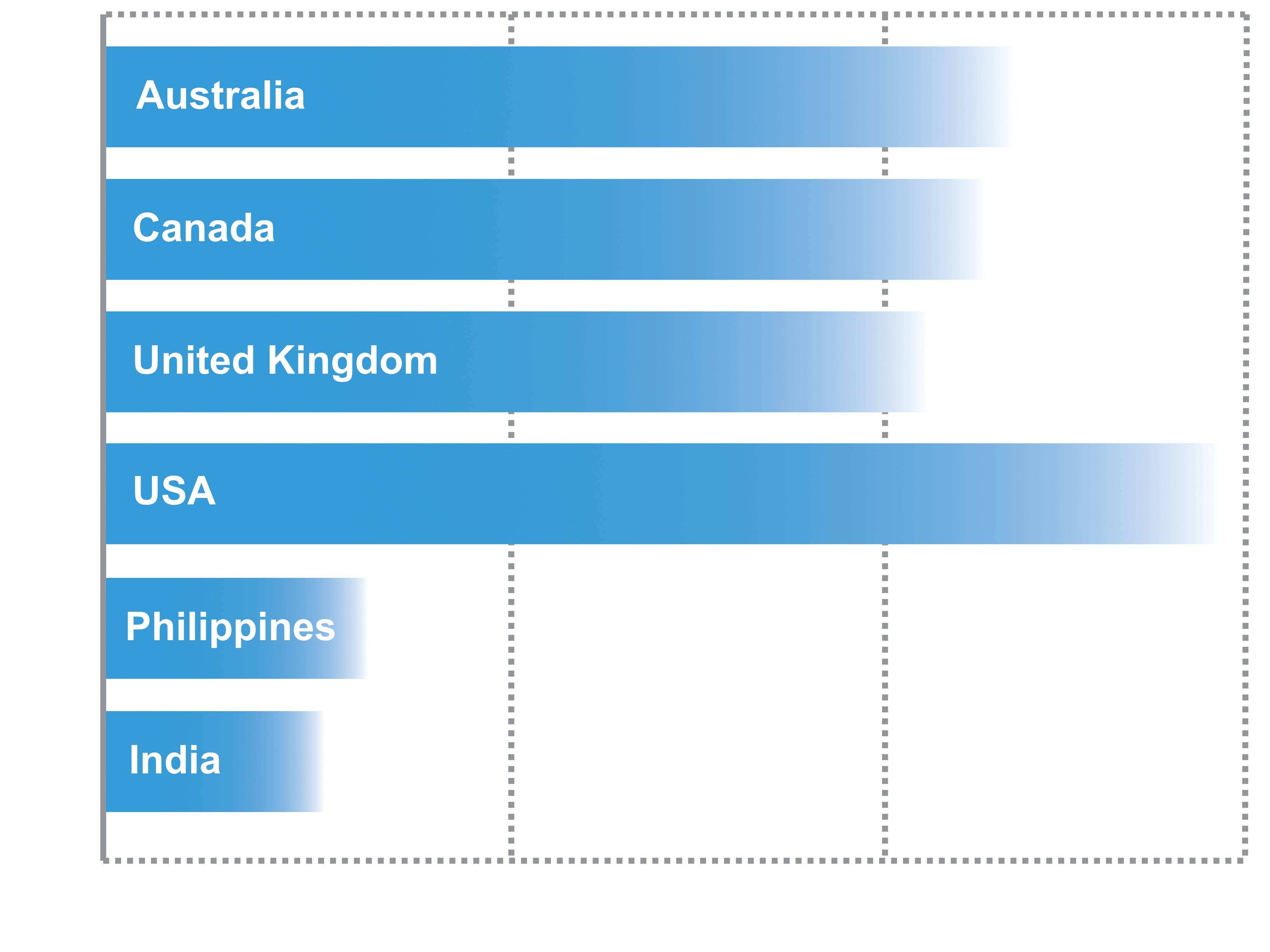
Effective human resource management (HRM) is critical for fostering a productive and compliant workplace. Whether managing recruitment or developing employee potential, HR practices are essential for organizational success. In this guide, we'll explore key HR management strategies to help you build and sustain a strong workforce.
What is HR Management?
HR management involves overseeing all aspects of employee relations, from hiring and onboarding to training and retention. At its core, HR aims to optimize both employee performance and satisfaction, while ensuring compliance with labor laws and organizational policies.
Key functions include recruitment, performance evaluations, benefits management, and employee development.
HR Management Strategies for the Modern Workplace
Recruiting the right talent is a foundational HR function. Modern recruitment goes beyond just filling positions; it's about finding candidates who align with your company's culture and long-term goals.
1. Job Descriptions and Postings
Write clear and compelling job descriptions that highlight not only the skills required but also the values of the company.
2. Utilizing Social Media
Platforms like LinkedIn, Twitter, and even Facebook have become essential tools for connecting with potential hires.
3. Recruitment Software
Tools such as applicant tracking systems (ATS) streamline the hiring process, making it more efficient to sift through applications and schedule interviews.
HR Management: Employee Development and Training
Employee development is about fostering an environment where learning and growth are encouraged. Investing in training and continuous learning opportunities not only benefits employees but also enhances company performance.
Skills Development
Offer ongoing training to ensure employees keep up with industry trends and technologies. This may involve offering workshops, webinars, and online learning programs.
Mentorship Programs
Implement mentoring to help junior employees learn from experienced team members.
Career Path Planning
Provide clear advancement opportunities. Employees are more likely to stay if they see a future in the company.
Ensuring Workplace Compliance
Staying compliant with labor laws and workplace regulations is a top priority for HR departments. Compliance helps protect the company from legal issues and ensures that employees are treated fairly.
Employment Laws
Regularly review laws related to hiring, wages, benefits, and workplace safety. This includes compliance with the Fair Labor Standards Act (FLSA), Occupational Safety and Health Administration (OSHA) regulations, and the Family and Medical Leave Act (FMLA).
Diversity and Inclusion
Implement policies that promote diversity and prevent discrimination in hiring and workplace practices.
Health and Safety
Enforce workplace safety protocols and ensure that employees are aware of their rights and responsibilities.
Boosting Employee Engagement and Retention
Boosting employee engagement is essential for both retention and maintaining a positive workplace atmosphere. Engaged employees are more likely to be productive and stay loyal to the company.
Feedback Systems
Regularly seek employee input through surveys or one-on-one meetings. Employees who feel heard are more likely to stay engaged.
Work-Life Balance
Promote a healthy work-life balance by offering flexible hours, remote work options, and mental health support.
Recognition Programs
Recognize and reward employees for their hard work. This could range from simple public recognition to performance-based bonuses.

Conclusion
Effective HR management is more than just overseeing employee performance; it’s about creating a thriving workplace where employees feel valued, motivated, and aligned with the company's mission. By focusing on recruitment strategies, employee development, compliance, and engagement, HR managers can significantly enhance both individual and organizational success.
As the workplace continues to evolve, so should HR practices. Staying updated on trends and continuously refining your HR strategy is essential for maintaining a productive and satisfied workforce.
Compute potential savings for your remote staff and virtual team member
Build Your Global Team and Save up to 70% on Labor Cost.
Recent Articles
About Outsource Calculator
Outsource Calculator helps boost your profits, increases quality and efficiency, and allows your business to scale quickly without expensive overhead.
Empowering Small BusinessesOutsource StaffingRemote TeamsVirtual StaffingOffshore Teams
Get a FREE Quote & Save 70% on Labor costs!
The Outsource Calculator estimates the savings from outsourced staffing solutions compared to hiring locally, which is intended for informational purposes only. It provides approximate pricing only may not be accurate and should only be used as a guide and is not an official quote. You should not make any decisions based simply on the information provided. Outsource Calculator pricing is based on the typical employee salaries for each role, including all employee payroll taxes, government-mandated employee costs, employee technology required, office space, hardware costs, IT support, recruiting, training, onboarding, and all HR functions which provide a more accurate comparison with the outsourced staffing compared to local hiring.
United States
United Kingdom
Australia
Canada
Europe
Copyright © 2025 OutsourceCalculator.com All rights reserved. Privacy Policy Terms of Use




